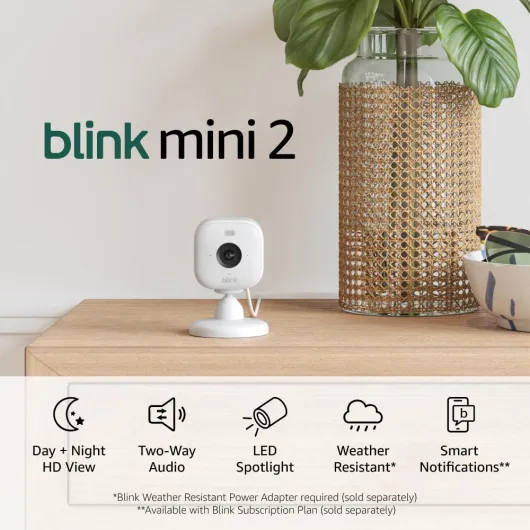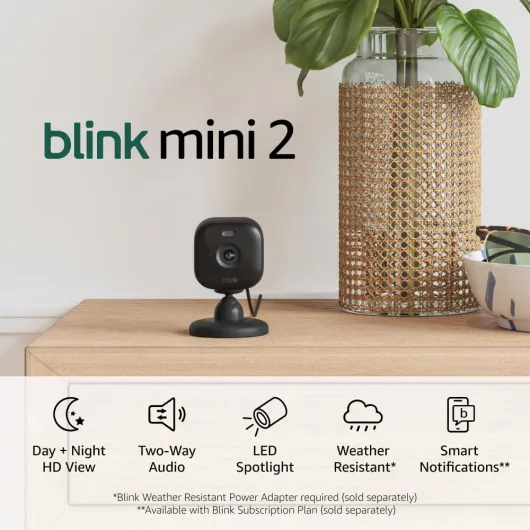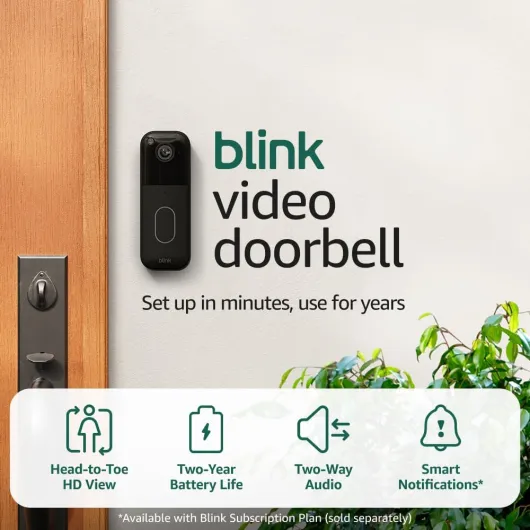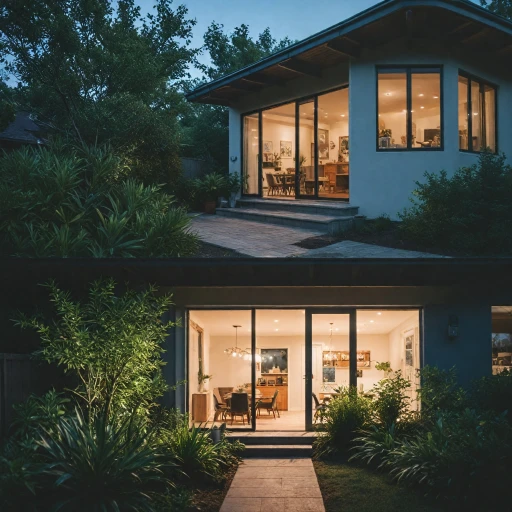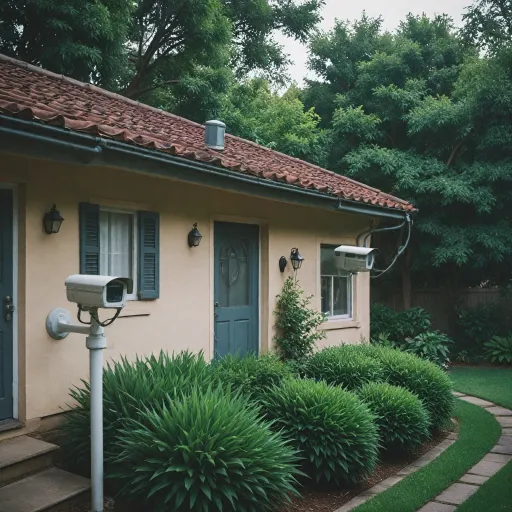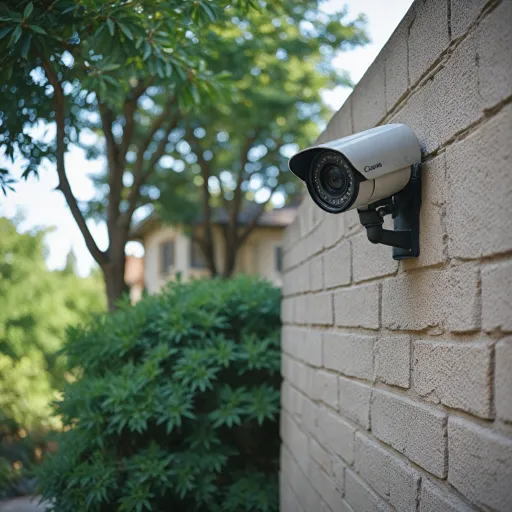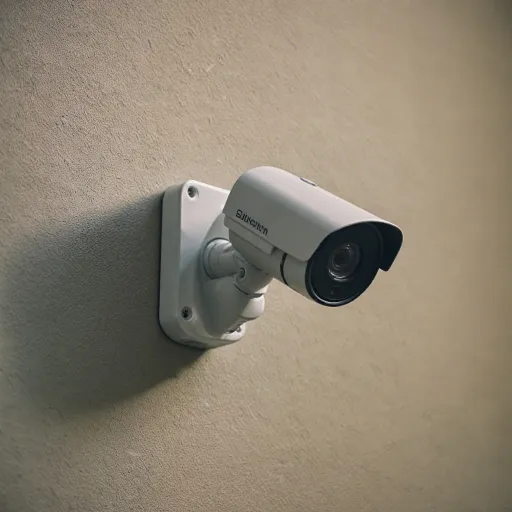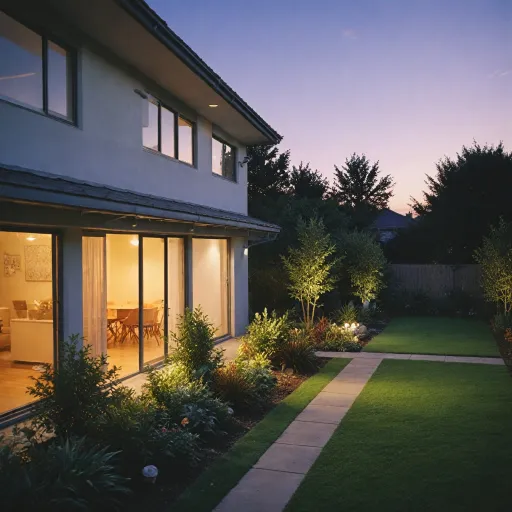
Understanding the benefits of a 16 camera setup
Why a 16 Camera System Makes Sense for Home Security
When considering a comprehensive security solution, a 16 camera system stands out for its ability to cover every angle of your property. With multiple cameras, you can monitor entrances, driveways, backyards, and even less obvious spots like side alleys or garages. This level of coverage helps deter intruders and provides valuable video evidence if an incident occurs.
Enhanced Detection and Monitoring Capabilities
Modern security camera systems offer advanced features such as motion detection, vehicle detection, and even face recognition. With 16 channels, you can assign specific cameras to focus on high-traffic areas or vulnerable points. This allows for real-time alerts and smart notifications, keeping you informed about any unusual activity. Many systems also support audio recording, giving you an extra layer of detail in your surveillance footage.
Scalability and Flexibility
Choosing a 16 camera setup gives you the flexibility to expand or reconfigure your security coverage as your needs change. Whether you prefer dome cameras for discreet monitoring or bullet cameras for visible deterrence, a multi-channel NVR or DVR system can accommodate various camera types. Network video recorders (NVRs) and digital video recorders (DVRs) also make it easier to manage and store high volumes of video footage, which is essential for long-term security.
Cost Considerations and Value
While the price of a 16 camera system can be higher than smaller setups, the investment often pays off in peace of mind and comprehensive protection. Many products now offer features like color night vision and free remote access via mobile apps, adding value without extra cost. When comparing camera systems, consider the total cost of ownership, including storage solutions like hard drives and ongoing maintenance.
For a deeper dive into how surveillance cameras and monitors can enhance your home security, check out this resource on enhancing home security with surveillance cameras and monitors.
Key features to look for in 16 camera systems
Essential Capabilities for a Reliable 16-Camera Security System
When investing in a comprehensive 16-camera security system, it’s important to focus on features that ensure reliability, clarity, and ease of use. With so many products on the market, understanding the core capabilities will help you make a smart choice for your home’s protection.
- Resolution and Night Vision: High-definition video is crucial for identifying details like faces or vehicle plates. Look for cameras offering at least 1080p resolution and color night vision. Infrared night vision is standard, but color night vision gives you more context in low-light conditions.
- Motion and Vehicle Detection: Advanced motion detection helps reduce false alerts. Some systems offer person and vehicle detection, which can distinguish between people, animals, and cars, making your alerts more relevant.
- Audio Capabilities: Two-way audio lets you communicate through your cameras, which is useful for greeting visitors or warning off intruders. Not all security cameras offer this feature, so check product specifications.
- Recording and Storage: With 16 cameras, video storage becomes a priority. Systems with a network video recorder (NVR) or digital video recorder (DVR) should support large hard drives. Some NVR systems also offer cloud storage, but check if this is free or requires a subscription.
- Power over Ethernet (PoE): PoE simplifies installation by delivering power and data through a single cable. This is especially helpful in larger setups, reducing cable clutter and improving reliability.
- Smart Integration: Many modern camera systems work with smart home platforms, enabling features like remote viewing, smart alerts, and automation. Compatibility with your existing smart security setup can enhance convenience and control.
- Camera Types: Dome cameras are popular for their discreet appearance and resistance to tampering. Consider mixing dome and bullet cameras for different areas. Weatherproof ratings are also important for outdoor cameras.
- Channel Support: Ensure your NVR or DVR supports at least 16 channels. Some systems allow for expansion, which is useful if you plan to add more security cameras in the future.
- Face Recognition and AI: Some advanced systems offer face recognition, which can help identify known individuals and improve security alerts. This technology is evolving, but it’s worth considering for smart security needs.
- Price and Value: Compare the price of different camera systems, but also consider long-term costs like storage subscriptions or replacement parts. Look for products with a good balance of features and reliability.
For a deeper look at how professional services can enhance your setup, check out this guide on home security services.
| Feature | Why It Matters |
|---|---|
| Resolution | Clearer video for identification |
| Night Vision | 24/7 monitoring, even in darkness |
| Motion/Vehicle Detection | Reduces false alarms, improves response |
| Audio | Two-way communication, added deterrence |
| Storage | Handles high-volume video footage |
| PoE | Easy installation, fewer cables |
| Smart Integration | Remote access, automation |
| Camera Type | Adaptability to different locations |
| Channel Support | Ensures all cameras are connected |
| Face Recognition | Advanced identification and alerts |
Choosing the right features is just one part of building a strong security system. Next, consider how to position your cameras for the best coverage and how to manage the large volume of video recordings these systems generate.
Strategic placement for maximum coverage
Effective Camera Placement for Full Property Coverage
A 16 camera system offers the flexibility to monitor every corner of your property, but strategic placement is crucial for maximizing security and video coverage. The goal is to minimize blind spots while ensuring that important areas are always under surveillance.- Entry Points: Place cameras at all main entrances, including front and back doors, garage doors, and any side or basement entries. Dome cameras are often chosen here for their discreet look and wide-angle vision.
- Perimeter Monitoring: Position cameras along fences, driveways, and pathways. This helps with vehicle detection and person vehicle tracking, especially when using smart security features like motion detection and face recognition.
- Common Areas: Monitor living rooms, hallways, and staircases. These are high-traffic zones where intruders might pass, and having audio and video recording can provide valuable evidence.
- Outdoor Spaces: Cover patios, gardens, and pool areas. Night vision and color night features are essential for clear footage in low-light conditions.
- Blind Spots: Walk around your property to identify areas not visible from main cameras. Use additional dome cameras or adjust angles to cover these spots.
Balancing Coverage and Privacy
While maximizing coverage is important, consider privacy for household members and neighbors. Avoid aiming cameras directly into windows or private spaces. Many modern camera systems allow you to mask certain zones in the video feed, which helps comply with privacy regulations.Optimizing for Detection and Recording
For best results, combine motion detection and vehicle detection features with strategic placement. Place cameras at a height that deters tampering but still captures clear images for face recognition. Using a network video recorder (NVR system) or digital video recorder (DVR) with enough channels ensures all cameras are properly connected and recording.Choosing the Right Hardware for Placement
The type of camera—dome, bullet, or PTZ—affects placement. Dome cameras are ideal for indoor and outdoor use due to their wide field of view and vandal resistance. Power over Ethernet (PoE) systems simplify installation, especially for large setups. Make sure your NVR or DVR supports the number of channels needed for your camera system, and that your hard drive has enough capacity for high-volume video footage. For those considering analog CCTV options for certain placements, understanding the benefits of analog CCTV cameras for home security can help you make an informed decision about integrating different technologies into your security system.Storage solutions for high-volume video footage
Managing Large-Scale Video Storage
When deploying a 16 camera security system, one of the most important considerations is how to handle the significant amount of video footage generated. Each camera, whether dome, bullet, or PTZ, continuously records high-definition video, especially if you enable features like motion detection, night vision, or audio. This can quickly fill up storage devices, so choosing the right storage solution is crucial for both performance and reliability.
- Network Video Recorders (NVR) and Digital Video Recorders (DVR): NVR systems are ideal for IP cameras and offer flexible storage options, while DVRs are typically used with analog CCTV setups. Both can support multiple channels, but NVRs often provide better scalability and integration with smart security features.
- Hard Drive Capacity: For a 16 channel NVR or DVR, look for systems that support multiple hard drives or high-capacity drives (often up to 10TB or more). The recording duration depends on the resolution, frame rate, and whether you use continuous or motion-based recording.
- Compression Technology: Modern camera systems use H.265 or H.264 video compression to reduce file sizes without sacrificing image quality. This helps maximize storage efficiency, allowing you to keep more days of footage without upgrading your hard drive frequently.
- Cloud Storage: Some smart security camera systems offer free or paid cloud storage options. While convenient for remote access and backup, cloud storage can increase the overall price and may have limitations on video retention or resolution.
- Backup and Redundancy: Consider NVR systems with RAID support or automatic backup features. This ensures your video recordings are safe even if a hard drive fails.
Optimizing Recording Settings
To balance storage needs and security, customize your recording settings. Use motion detection or vehicle detection to trigger recording only when activity is detected. This reduces unnecessary footage and extends storage life. Many camera systems also support scheduled recording, so you can prioritize high-risk times or areas.
| Feature | Benefit |
|---|---|
| Motion Detection | Records only when movement is detected, saving storage |
| Face Recognition | Helps quickly find relevant footage of people |
| Vehicle Detection | Filters events involving vehicles for targeted review |
| Color Night Vision | Improves visibility at night, but may require more storage |
When comparing products, check if the camera system supports easy hard drive upgrades, remote access to recordings, and compatibility with smart home devices. These features can enhance your overall security system and make managing large volumes of video footage more efficient.
Integrating 16 cameras with smart home systems
Making Your Security Cameras Work with Smart Home Devices
Integrating a 16 camera security system with your smart home setup can make monitoring and managing your property much easier. Many modern camera systems now support connections with smart assistants, mobile apps, and other smart devices, allowing you to control and view your cameras from anywhere.
- Compatibility: Before purchasing, check if your camera system supports integration with popular smart home platforms like Alexa, Google Assistant, or Apple HomeKit. Some NVR systems and digital video recorders offer direct compatibility, while others may require third-party apps.
- Remote Access: Most smart security camera systems provide free mobile apps for remote video viewing, motion detection alerts, and even two-way audio. This means you can see live feeds, review recordings, and receive notifications about person or vehicle detection, all from your phone.
- Automation: Integrating your cameras with other smart devices can automate security routines. For example, you can set your lights to turn on when motion is detected by a dome camera at night, or trigger recording when your smart door sensor is activated.
- Voice Control: With smart integration, you can use voice commands to display camera feeds on smart displays or TVs. This is especially useful for quickly checking different channels or reviewing footage from specific dome cameras or outdoor units.
- Data Security: When connecting your camera system to the internet, ensure your network video recorder (NVR) or digital video recorder (DVR) uses strong encryption and secure passwords. Regularly update firmware to protect against vulnerabilities.
Some camera systems offer advanced features like face recognition, color night vision, and smart detection for people and vehicles. These can be managed through your smart home hub, making it easier to customize alerts and recording schedules. If you’re using a PoE (Power over Ethernet) system, integration is often more reliable and easier to manage, especially for large setups with 16 channels or more.
Keep in mind that the price of a smart security system can vary depending on features like audio, night vision, and the type of cameras (dome, bullet, etc.). Always check product specifications to ensure compatibility with your existing smart home devices and consider future upgrades to your security system.
Common challenges and troubleshooting tips
Troubleshooting Common Issues in Large Camera Systems
Managing a 16 camera security system can be complex, and even well-designed setups can face challenges. Here are some frequent issues and practical tips to resolve them, ensuring your security cameras and video recording remain reliable.- Connectivity Problems: Network video recorders (NVR) and digital video recorders (DVR) can lose connection with cameras, especially in large systems. Check your PoE switches and network cables for faults. For wireless cameras, interference from other devices or thick walls can disrupt signals. Regularly update firmware on your NVR system and routers to maintain compatibility.
- Storage Limitations: With 16 channels recording high-definition video, hard drives can fill up quickly. Consider upgrading to larger capacity drives or setting up automatic overwrite features. Some NVRs support external storage or cloud backup for additional space. Always check the product specifications for maximum supported storage.
- Motion and Vehicle Detection Errors: False alarms from motion detection or vehicle detection can be frustrating. Adjust sensitivity settings and detection zones in your camera system software. For advanced features like face recognition or person vehicle alerts, ensure your cameras support these functions and that firmware is up to date.
- Night Vision and Image Quality: Poor night vision or color night performance may result from dirty lenses or insufficient infrared lighting. Clean dome cameras and check for obstructions. If your security cameras support smart IR or color night vision, enable these features for better clarity.
- Audio Issues: Not all dome camera models or security camera systems support audio recording. If audio is important, verify compatibility before purchase. For supported cameras, check microphone connections and settings in your NVR or DVR.
- Channel Limitations: Some NVRs or DVRs may not support all 16 channels at full resolution or frame rate. Review your channel NVR or DVR product manual to confirm capabilities, especially if you plan to expand your system.
Maintenance and System Health
Regular maintenance is key to keeping your security system running smoothly:- Schedule periodic checks of all cameras, cables, and network connections.
- Test motion detection and recording functions to ensure they trigger correctly.
- Review video footage quality and storage status on your network video recorder.
- Keep software and firmware updated for all components, including smart security integrations.

